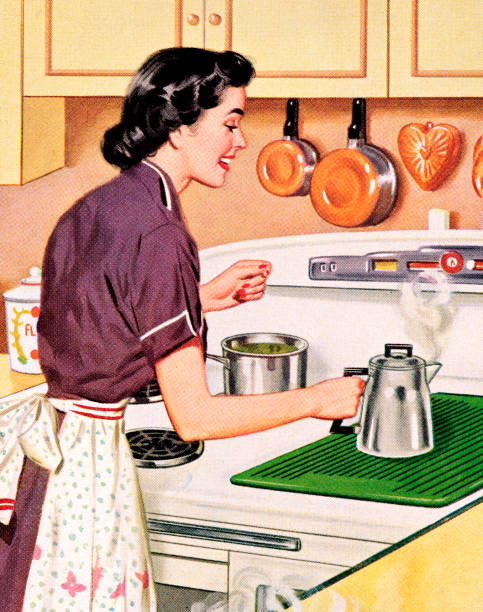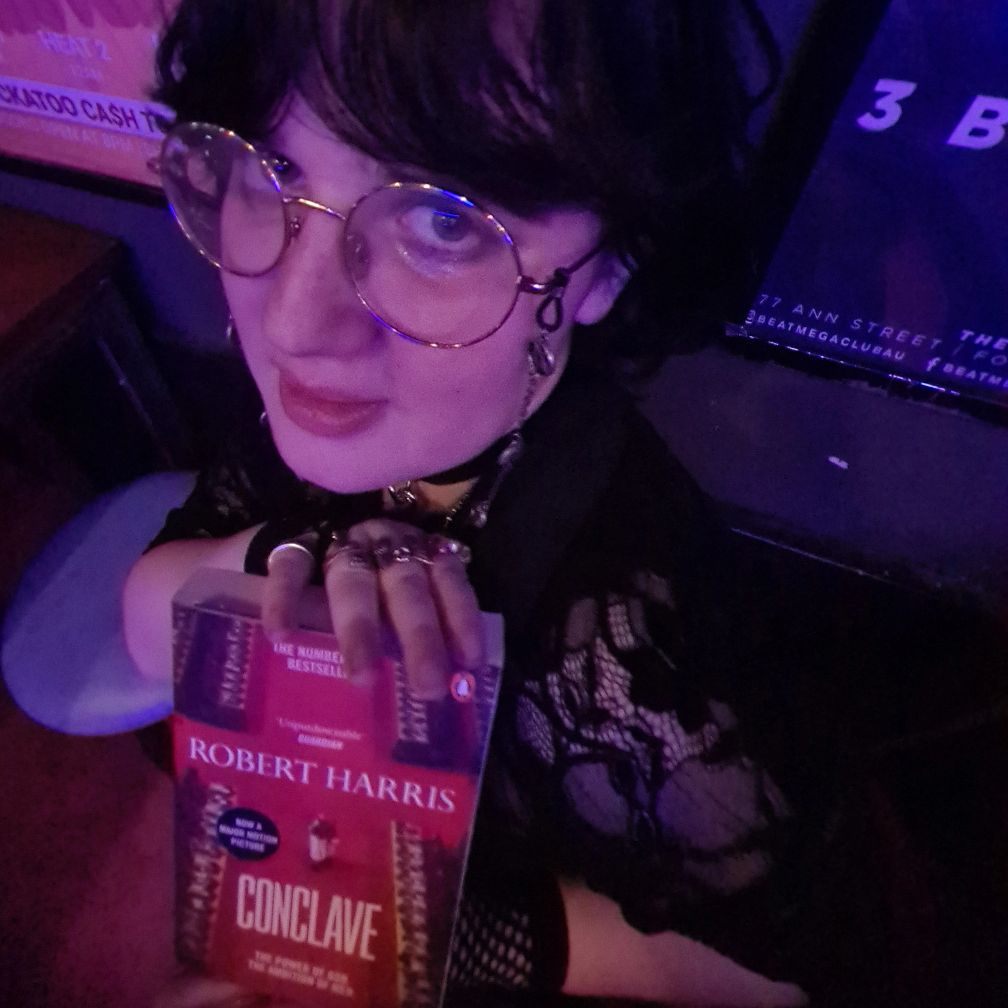
Fashion has always been a form of political expression. With the change of an item, or preference of a colour, one can shift the way they are perceived by others: are you conservative, alternative, feminine, artsy, goth? Often, our identity is rooted in how we present ourselves through fashion.
It has been a topic of conversation recently in online circles about how current fashion and pop culture trends are signifiers of the rise of fascism. As Eugenia Paulicelli, an Italian feminist and fashion scholar, puts it, ‘Under fascism, fashion and film were both identified by the totalitarian regime as powerful vehicles for shaping and projecting national identity and a politics of style.’ Paulicelli explains that when Benito Mussolini founded the Ente Nazionale della Moda (ENM), or the National Fashion Body, in the 1930s, it was a means for the government to control the textile and fashion production cycle. Furthermore, it aimed to create a fascist lifestyle through dress codes and persuaded female consumers and dressmakers to ‘seek inspiration in Italy’s domestic roots and traditions.’
Although this was the case in Italy during the 1930s under Mussolini’s dictatorship, it remains applicable to today’s fashion and cultural trends. Since Donald Trump was re-elected in 2024, we have seen a rise in conservative fashion rebranded as trends such as ‘clean girl aesthetic’, ‘quiet luxury’, ‘old money’, and ‘tradwife aesthetic’. As Jordan Anderson from NSS Magazine puts it, ‘Fashion, in many ways, is political. Trends and movements often reflect a broader cultural shift, and the last two to three years have seen subtle but significant shifts towards more traditional, conservative values.’
This shift is evident in the fast fashion brand Pretty Little Thing (PLT), which has replaced its colourful clubwear and vacation pieces with more modest, conservative pieces in muted beige and brown. As The Cut describes, PLT’s website, which once featured women of colour and plus-sized models, has been mostly replaced with thin, white women wearing ‘clean-girl makeup and soft updos’. A press release for a party PLT hosted during Paris Fashion Week states that the rebrand is ‘a new era that seamlessly marries trend-driven energy with refined sophistication.’
Language also carries great power as terminology that is widely accepted suggests a reflection of social cognition. The “just a girl”, “girl dinner”, and “girl math” trends on TikTok suggest an alarming rise in internalised bias towards women, from women. Having to justify silly purchases or simplistic eating habits through being a ‘girl’ is insulting – it results in women reducing themselves to being unable to do things because of their gender. Furthering this, the term ‘girl’ suggests youth, thus framing these female choices as being dim-witted or childish. In No Doubt’s ‘Just A Girl’, the line is followed by ‘living in captivity’ for a reason. Being labelled as a ‘girl’ is reductive of power. Whether or not it is self-imposed terminology, it is oppressive language – and we are our own oppressors.
One only has to look at the fashion items that are on trend today to see a pattern: long skirts, milkmaid dresses, and corsets, to see the resurgence of ‘tradwife’ fashion. These items draw inspiration from 20th-century domesticity, which encouraged women to stay home and carry out the role of caretaker, wife and mother. While these traditional, gendered ideals are often romanticised in the tradwife trend, they signal a return to patriarchal ideals that have been dismantled by modern feminist movements.
Fashion, in many ways, is political. And the shift towards these fashion trends indicates a return to a time where modesty, chastity and delicacy were desirable traits – values that the individualistic fashion of the 2010s indicated a societal diverge from. The landslide win of Donald Trump in his 2024 bid for American presidency, coupled with the resurgence of these fashion trends in recent years, suggests that quietly and inadvertently, conservatism is on the rise.
Other TikTok trends have also pushed this idea of placing women into out-of-date and conservative gender roles. A prime example of this is the term “tradwife.” As the name suggests, a tradwife is a woman who practices traditional gender roles within their marriage by taking on a homemaking role, with many leaving their career to become a stay-at-home wife. Its aesthetics are typically influenced by 1950s American culture, Christian religious values, conservative politics, and choice feminism. One of the most popular tradwife influencers is Estee Williams, who explains in a TikTok from September 2022 what it means to be a tradwife, stating that they ‘believe that they should submit to their husbands and serve their husbands and family.’ A couple of months before this video was made, Roe v Wade was overturned, and JD Vance tweeted ‘if your worldview tells you that it’s bad for women to become mothers but liberating for them to work 90 hours a week in a cubicle at the New York Times or Goldman Sachs, you’ve been had.’ This is the same JD Vance who calls for the resurgence of the nuclear family and is against the ‘sexual revolution’ and divorce. This is the same JD Vance, who is now Vice President of the United States.
Written by El Bancroft and Mollie Matthews
Views: 70

